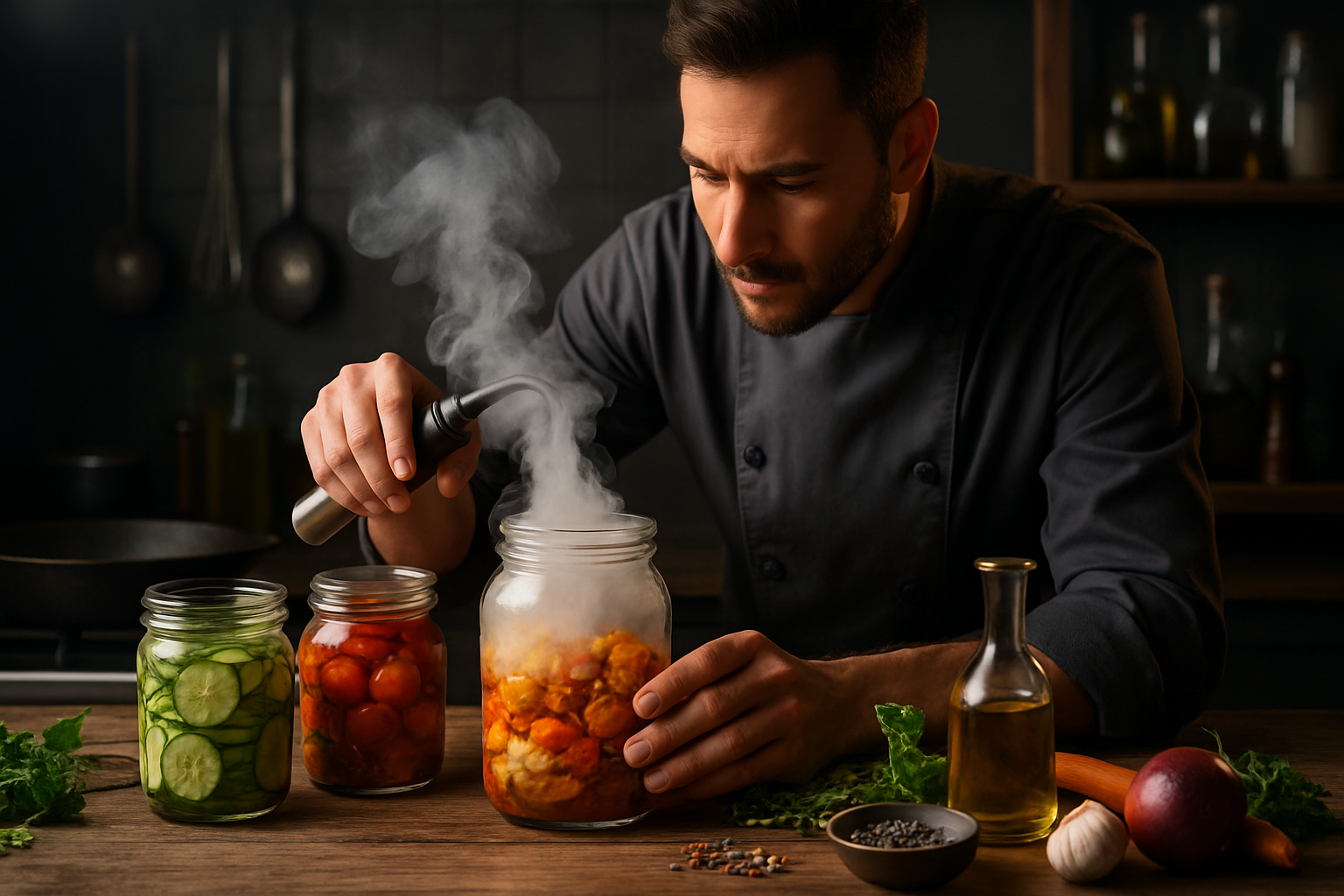Culinary travel essentials for planning food-focused journeys responsibly
Planning a trip with food at its center involves more than finding notable restaurants. Thoughtful culinary travel balances curiosity with respect for local foodways, safety, and environmental impact. This short guide outlines practical essentials—from markets and ingredients to sustainability and hygiene—to help shape responsible, flavorful journeys.

Travel centered on cuisine rewards curiosity and care. Ahead of departure, research the region’s seasonality, typical ingredients, local markets, and any common preservation or fermentation practices. Build an itinerary that leaves room for spontaneous discoveries while ensuring basic hygiene and food safety, so the experience stays nourishing rather than risky. Responsible food-focused travel considers sourcing, sustainability, and the social context of food offerings as much as the flavors themselves.
How does seasonality affect cuisine and sourcing?
Seasonality shapes what you’ll find on menus and in markets. Eating with the seasons often means fresher, tastier ingredients and supports local farmers who rely on predictable cycles. Before traveling, check which fruits, vegetables, and seafood are in season to set expectations for regional cuisine and recipes. Seasonality also influences pricing and availability, so understanding it helps when planning visits to markets or farms and when booking food tours that highlight peak ingredients.
What should I know about markets and ingredients?
Markets are hubs for sourcing authentic ingredients and meeting producers. Approach them with respect: ask vendors about origins, storage methods, and how items are commonly used. Learning a few local terms for ingredients helps with conversations and prevents misunderstandings. When buying spices, oils, or preserved foods, inspect packaging and ask about preservation methods—this is both a culinary lesson and a food-safety check. Consider supporting small stalls and local services that source from nearby producers to keep economic benefits in the community.
How to approach streetfood, hygiene, and preservation?
Streetfood can be a highlight of food tourism, but hygiene awareness is essential. Look for busy stalls with high turnover—freshly cooked items indicate shorter holding times and lower risk. Watch preparation and handwashing practices, and prefer vendors using clean utensils and proper heat to finish dishes. Preservation techniques such as smoking, salting, or acid-based marinades are traditional ways to extend shelf life; understanding these methods helps evaluate safety and appreciate local foodscience behind preservation.
How can sustainability guide foodtourism choices?
Sustainability in culinary travel means choosing experiences that minimize environmental impact and respect local culture. Opt for tours and restaurants that prioritize responsible sourcing, reduce food waste, and use seasonally appropriate ingredients. Consider alternatives to high-impact animal products and explore plantbased dishes that showcase local produce. Supporting community-run markets and small-scale producers contributes to a more equitable local food economy and encourages practices that protect regional biodiversity.
When does foodscience and fermentation matter on the road?
Fermentation and other traditional foodscience techniques are integral to many cuisines—kimchi, sauerkraut, fermented fish, and regional cheeses are examples. These processes often reflect centuries of preservation knowledge and distinct local flavors. When sampling fermented foods, ask about preparation and storage. Guided experiences or market demonstrations can provide safe contexts to learn about microbial processes, flavor development, and how fermented items pair with other local dishes.
How to plan recipes, pairing, and plantbased options?
If you’re cooking during travel or attending a culinary workshop, plan recipes around accessible ingredients and seasonality. Simple pairing principles—balancing acidity, fat, and texture—help you adapt classic combinations to what’s available. For plantbased travelers, prioritize markets and vendors who specialize in vegetables, grains, legumes, and local plant proteins. Sharing recipes and pairing ideas with artisans or hosts can deepen your understanding of how regional cuisines achieve balance without relying on imported components.
Responsible culinary travel also includes practical steps: pack a small kit with hand sanitizer and resealable bags for leftover preservation, learn basic phrases to ask about ingredients and allergies, and verify whether local services offer allergy-friendly or vegetarian options. Be mindful of cultural norms around food, tipping, and bargaining; respectful behavior helps maintain positive relationships between visitors and vendors.
Conclusion A well-planned food-focused journey blends curiosity with responsibility. Paying attention to seasonality, sourcing, markets, hygiene, and sustainability enhances both the safety and cultural richness of culinary travel. Approaching local ingredients, fermentation practices, and recipes with respect allows travelers to enjoy authentic flavors while supporting the communities that cultivate them.





